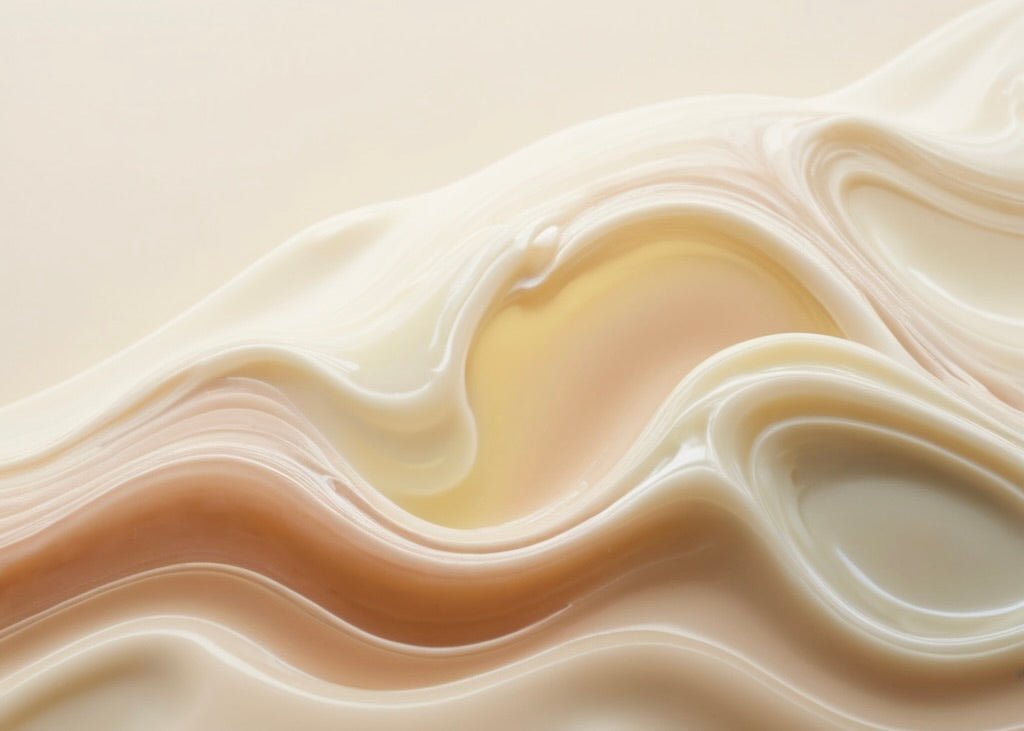
How to Shop for the Best Exfoliating Cleanser
The quest for radiant, healthy skin often leads us to the doorstep of exfoliating cleansers. These skincare heroes are designed to slough off dead skin cells, unclog pores, and reveal a fresher, brighter complexion. But with a myriad of options available, how do you choose the best one for your skin? Let's explore the key factors to consider when shopping for an exfoliating cleanser.
Understanding Your Skin Type
Before you start browsing the skincare aisle, it's crucial to understand your skin type. This knowledge will guide you in selecting a product that will work harmoniously with your skin, rather than against it.
There are generally five skin types: normal, dry, oily, combination, and sensitive. Each type has unique characteristics and responds differently to various ingredients. For instance, if you have dry skin, you'll want to avoid harsh exfoliants that can strip your skin of its natural oils.
Identifying Your Skin Type
Not sure what your skin type is? Here's a simple way to find out:
- Cleanse your face with a gentle cleanser and pat dry.
- Wait for about an hour without applying any skincare products.
- Observe how your skin feels. If it feels tight or flaky, you likely have dry skin. If it looks shiny or feels greasy, you probably have oily skin. Combination skin usually feels oily in the T-zone (forehead, nose, and chin) but dry elsewhere. Sensitive skin often feels itchy, red, or irritated.
Choosing the Right Type of Exfoliant
Exfoliating cleansers typically contain either physical or chemical exfoliants—or sometimes both. Physical exfoliants use tiny particles to manually scrub away dead skin cells, while chemical exfoliants use acids or enzymes to dissolve them.
Again, your skin type plays a significant role in determining which type of exfoliant is best for you. For example, sensitive skin types may find physical exfoliants too abrasive, while oily skin types might benefit from the deep-cleansing properties of chemical exfoliants.
Physical Exfoliants
Physical exfoliants often contain ingredients like jojoba beads, oatmeal, or sugar. These natural ingredients are not only effective at exfoliating the skin, but they're also sustainable and biodegradable—making them a great choice for eco-conscious consumers.
However, be wary of products that use plastic microbeads, which are harmful to the environment. In fact, many countries have banned these microbeads due to their negative impact on marine life.
Chemical Exfoliants
Chemical exfoliants usually contain alpha hydroxy acids (AHAs), beta hydroxy acids (BHAs), or enzymes. AHAs, such as glycolic and lactic acid, are water-soluble and work on the surface of the skin, making them suitable for dry and normal skin types. BHAs, like salicylic acid, are oil-soluble and can penetrate deeper into the pores, making them ideal for oily and acne-prone skin.
Enzymes, on the other hand, are a gentler option that can be beneficial for sensitive skin. They're often derived from fruits like papaya and pineapple.
Checking the Ingredient List
When shopping for an exfoliating cleanser, don't just rely on the marketing claims on the front of the package. Turn the product around and take a look at the ingredient list. This is where you'll find the truth about what's really in the product.
Here are some things to look for:
- Natural and sustainable ingredients: As mentioned earlier, ingredients like jojoba beads, oatmeal, sugar, and fruit enzymes are not only effective but also kind to the environment.
- Moisturizing ingredients: Exfoliating can sometimes leave the skin feeling dry, so look for ingredients like hyaluronic acid, glycerin, or aloe vera that can help replenish moisture.
- Avoid harsh ingredients: Try to steer clear of products that contain sulfates, synthetic fragrances, and artificial colors, as these can irritate the skin.
Testing the Product
Once you've narrowed down your options, it's time to test the product. Many stores offer samples, or you can purchase a travel-sized version before committing to a full-sized product.
When testing the product, pay attention to how your skin feels during and after use. A good exfoliating cleanser should leave your skin feeling smooth and refreshed, not tight or irritated.
Final Thoughts
Shopping for the best exfoliating cleanser doesn't have to be a daunting task. By understanding your skin type, choosing the right type of exfoliant, checking the ingredient list, and testing the product, you can find a cleanser that will help you achieve the glowing, healthy skin you desire.
Remember, everyone's skin is unique, so what works for someone else might not work for you. It's all about finding what suits your individual skin needs and preferences. Happy shopping!
















